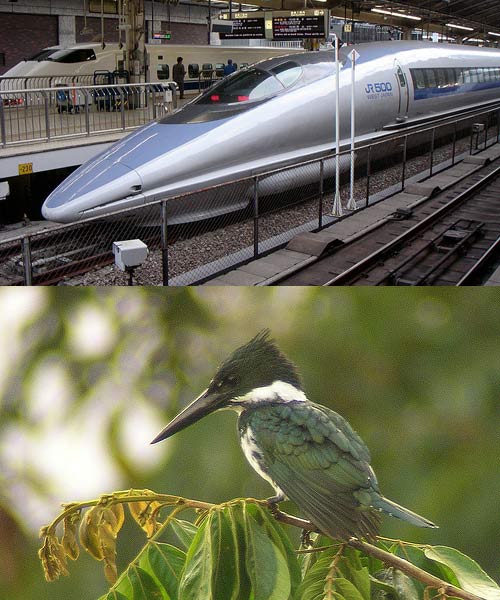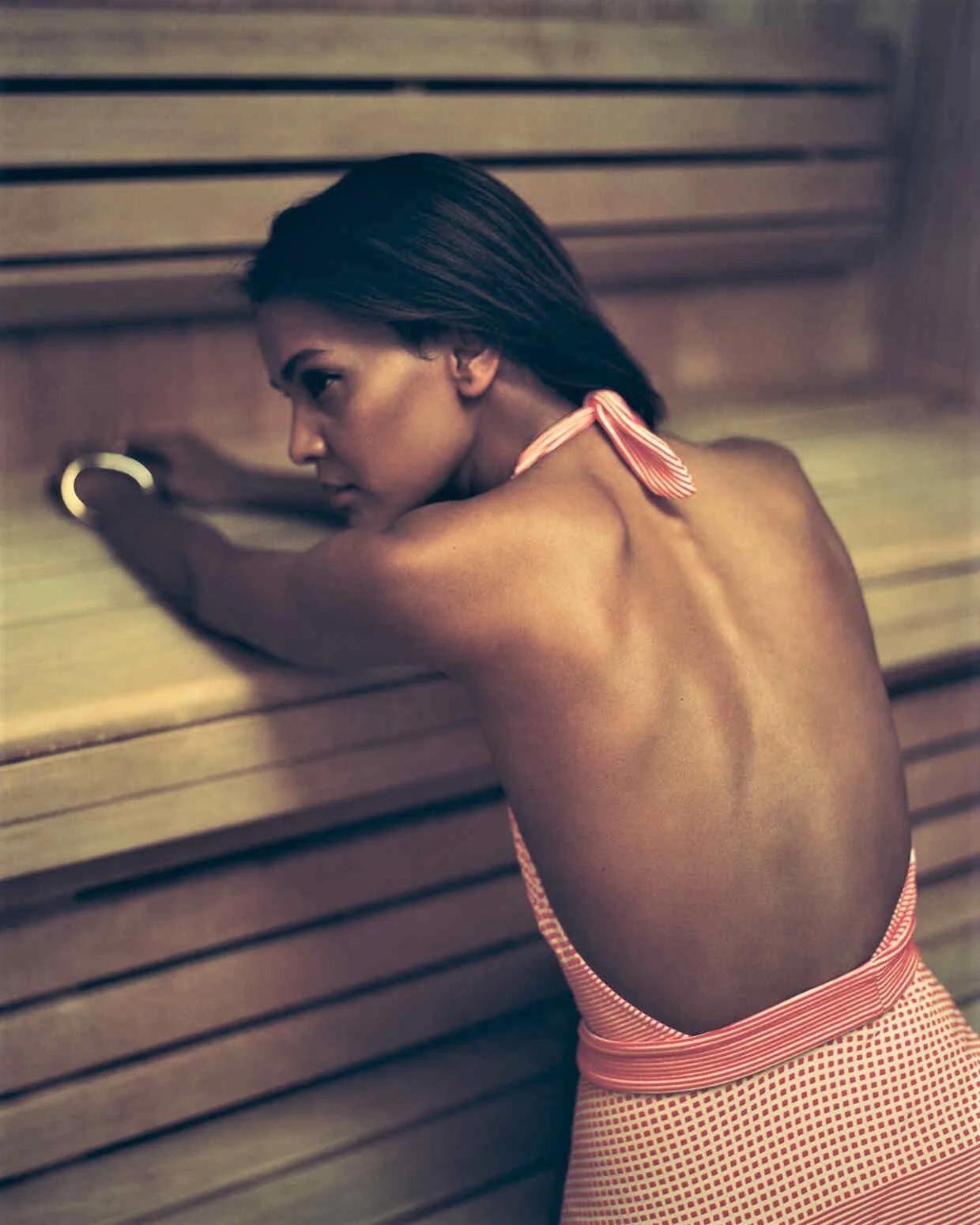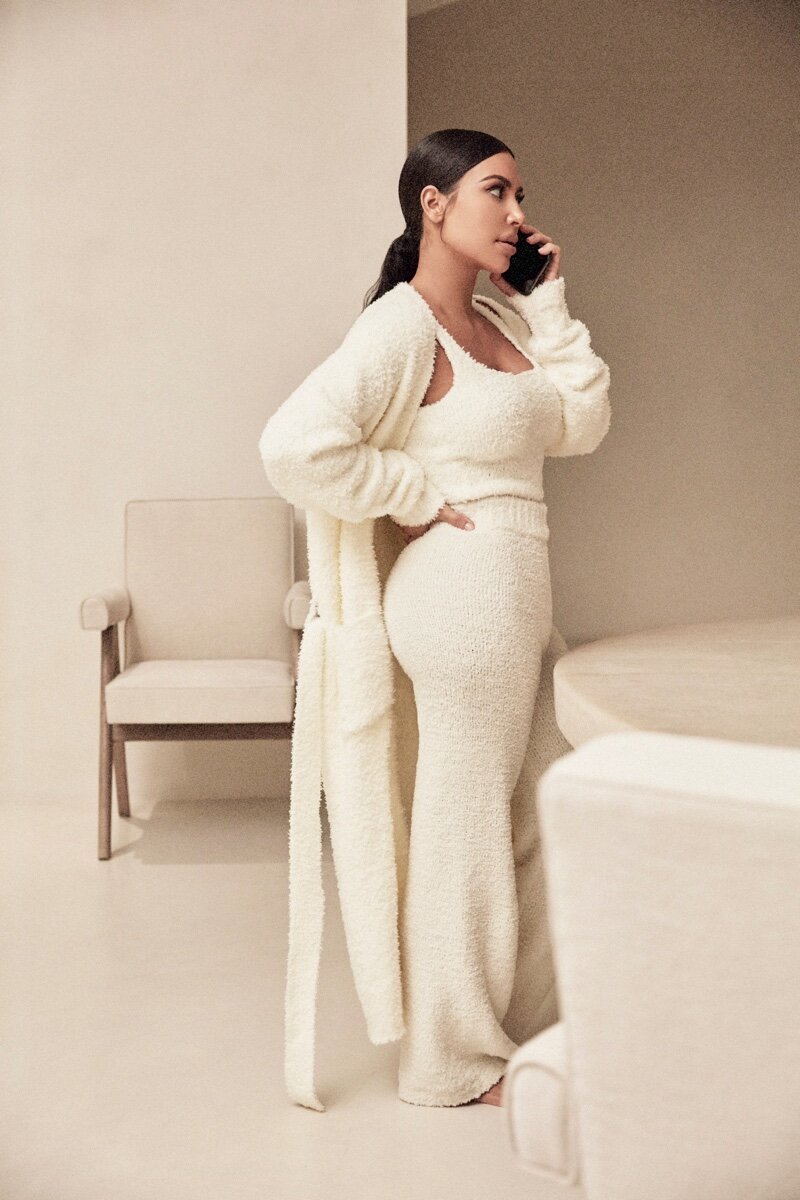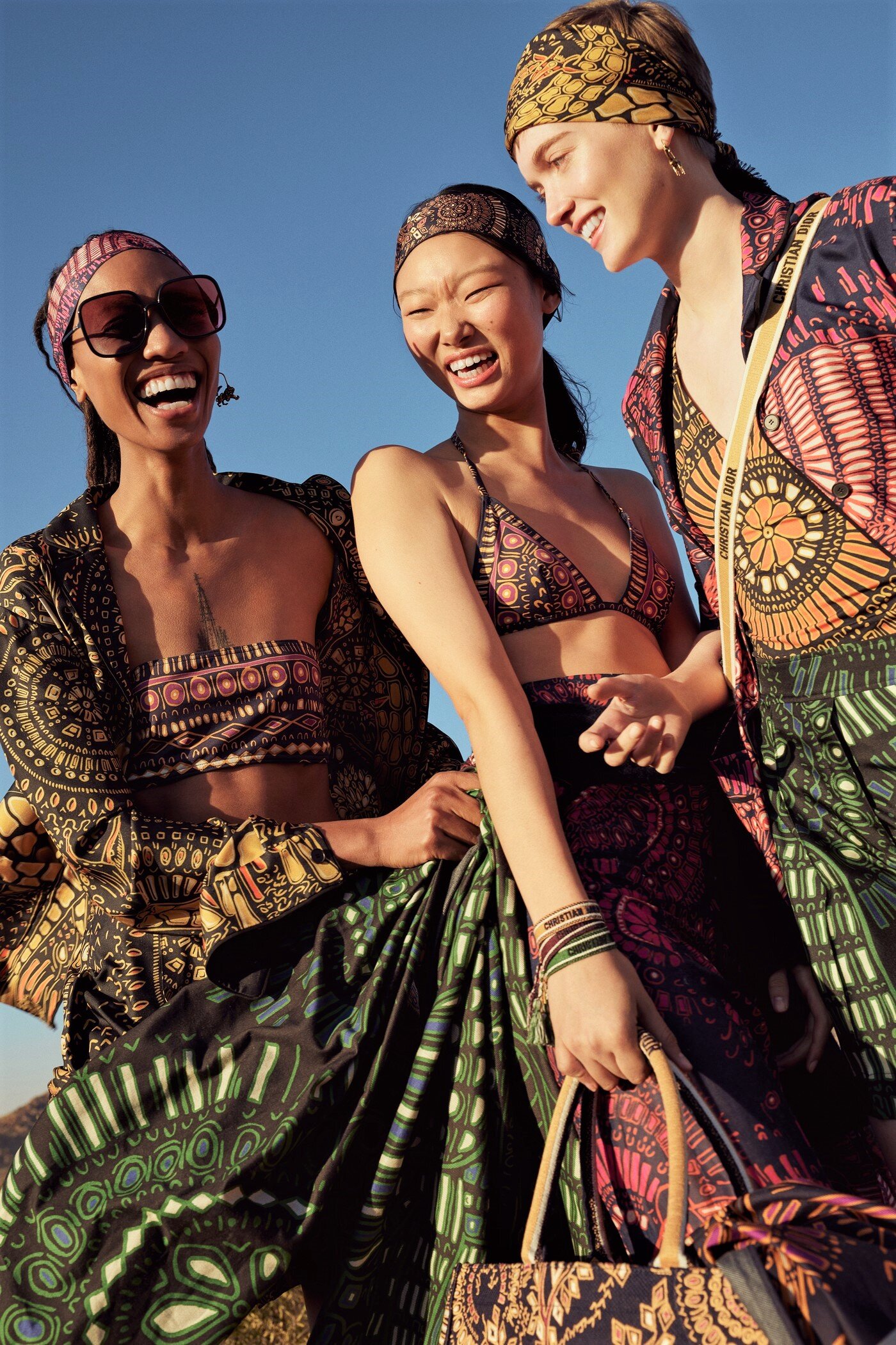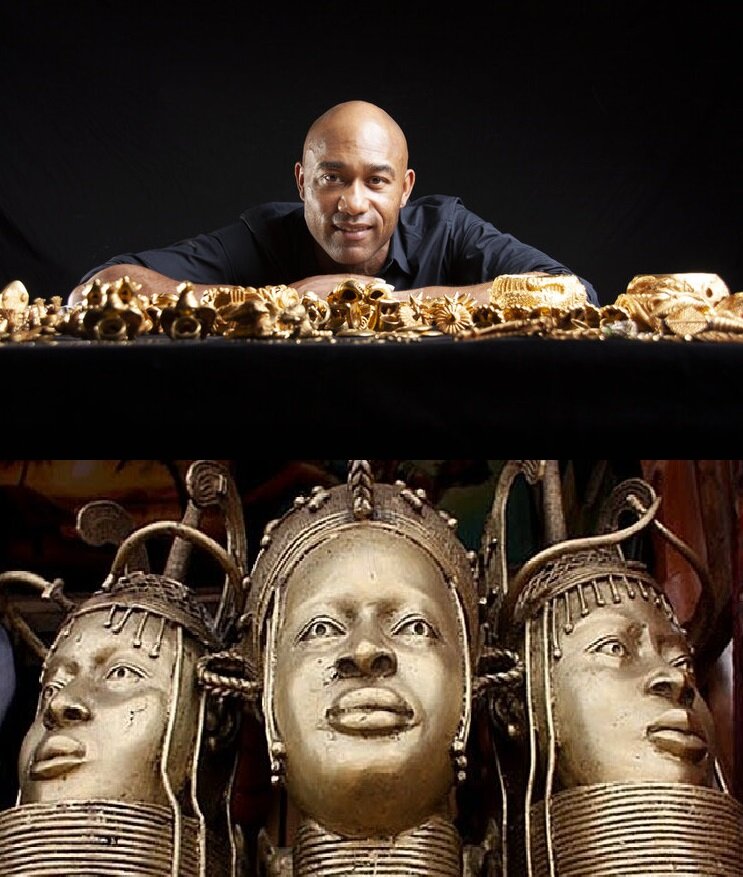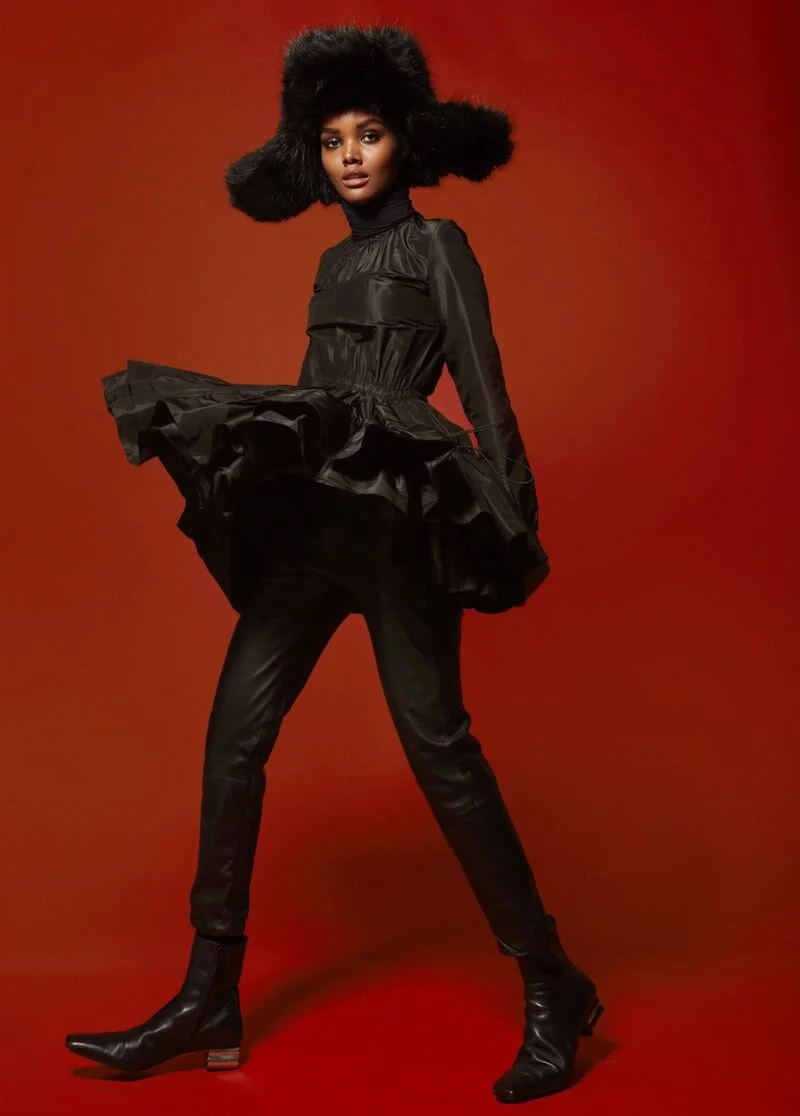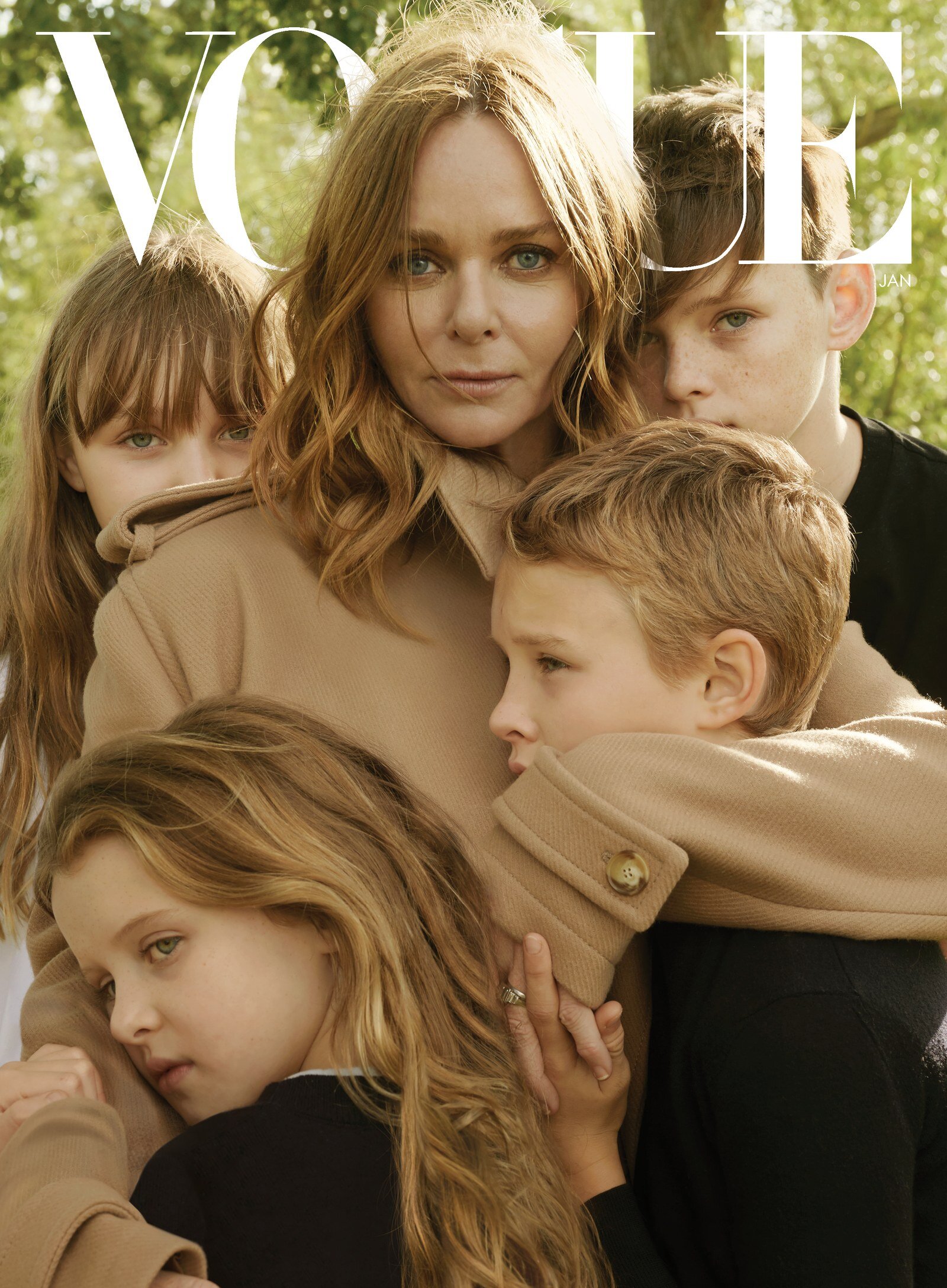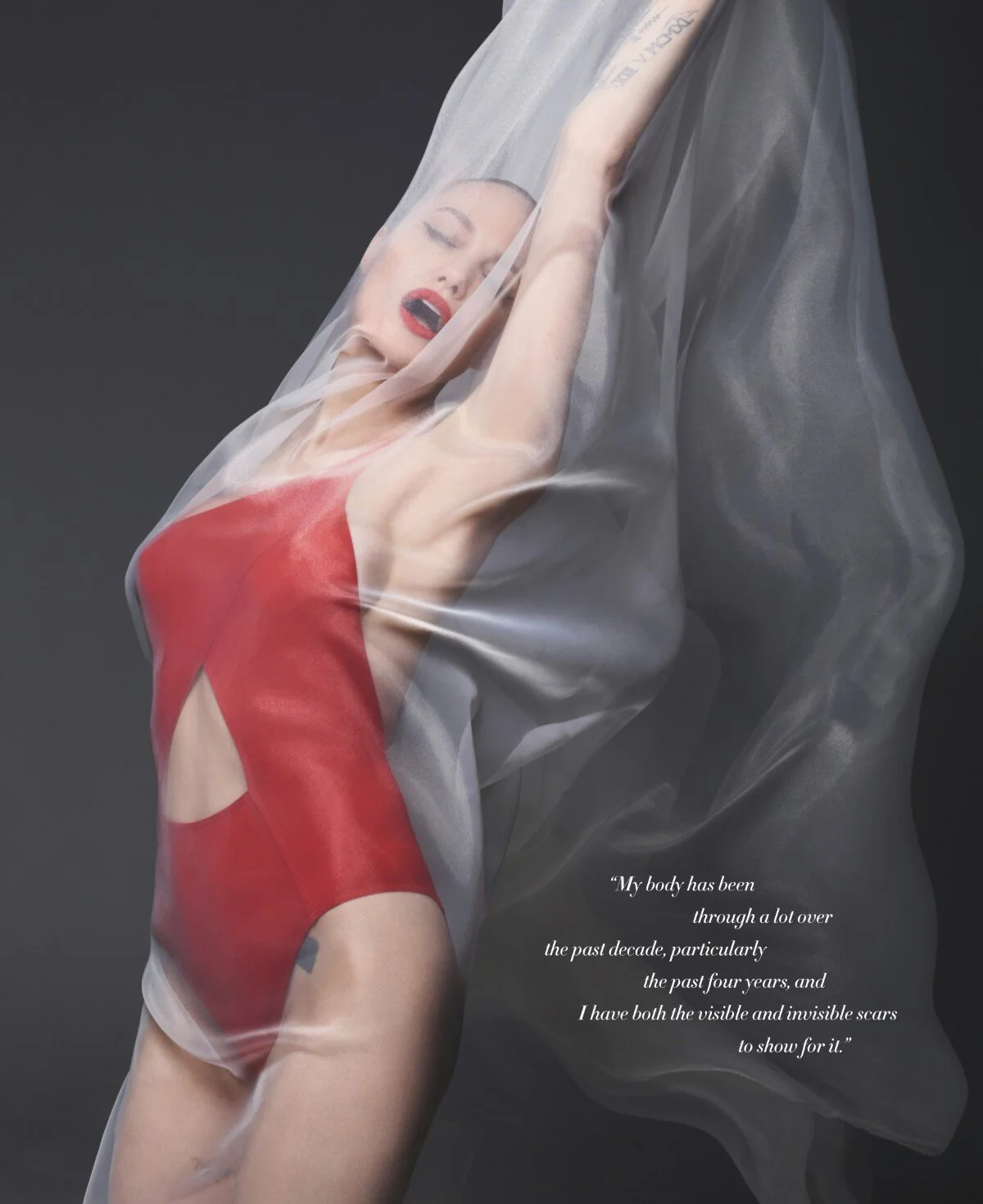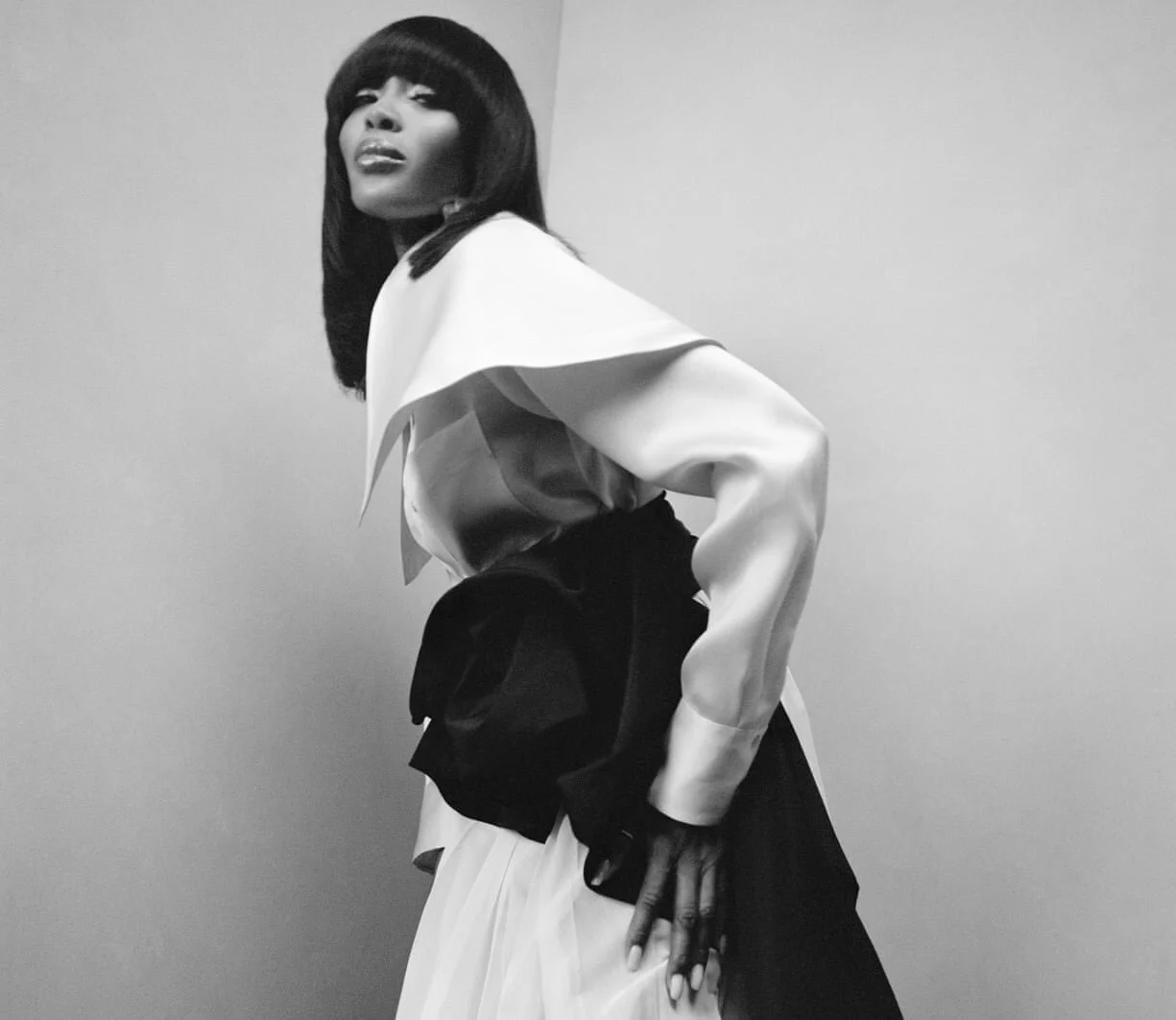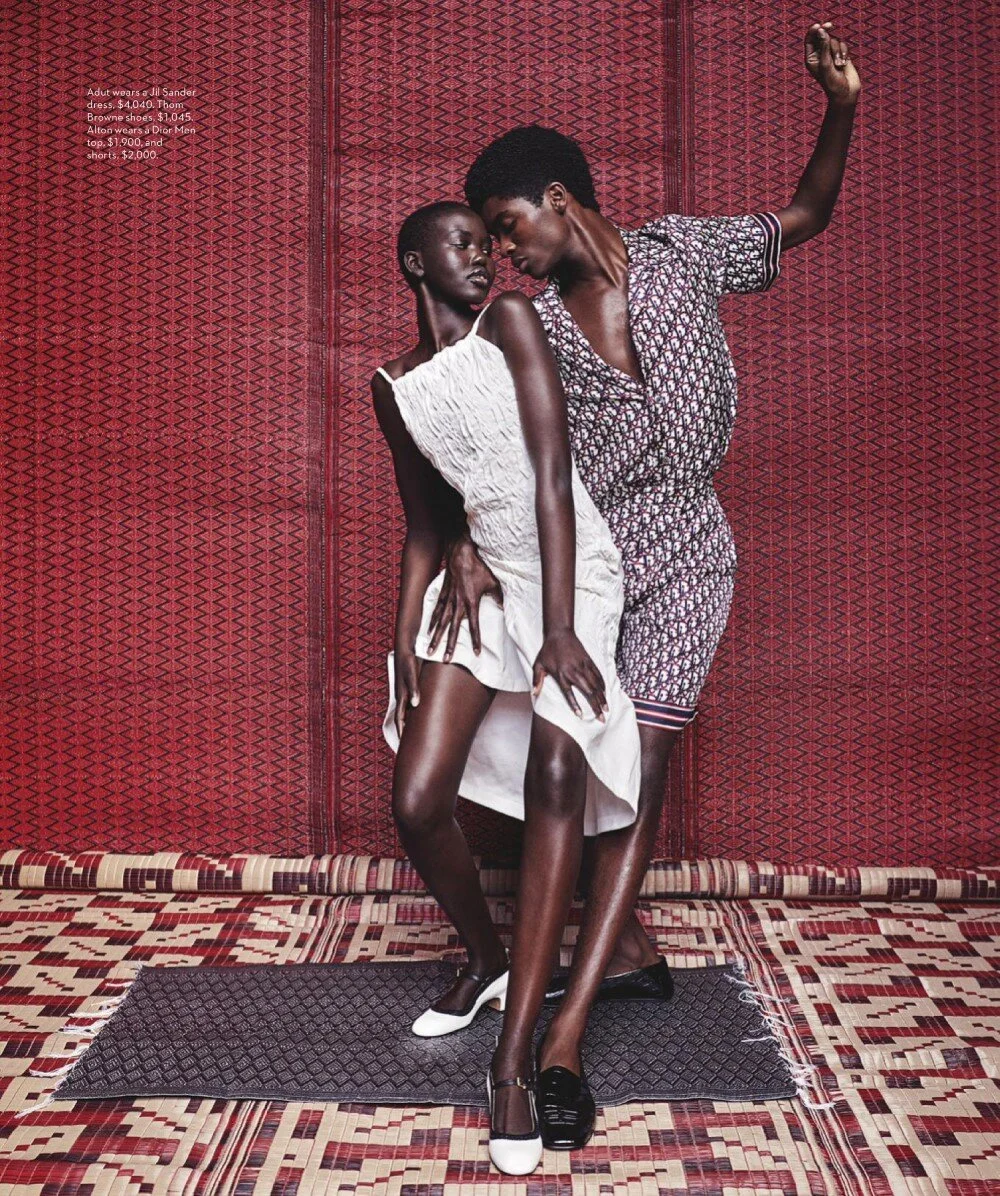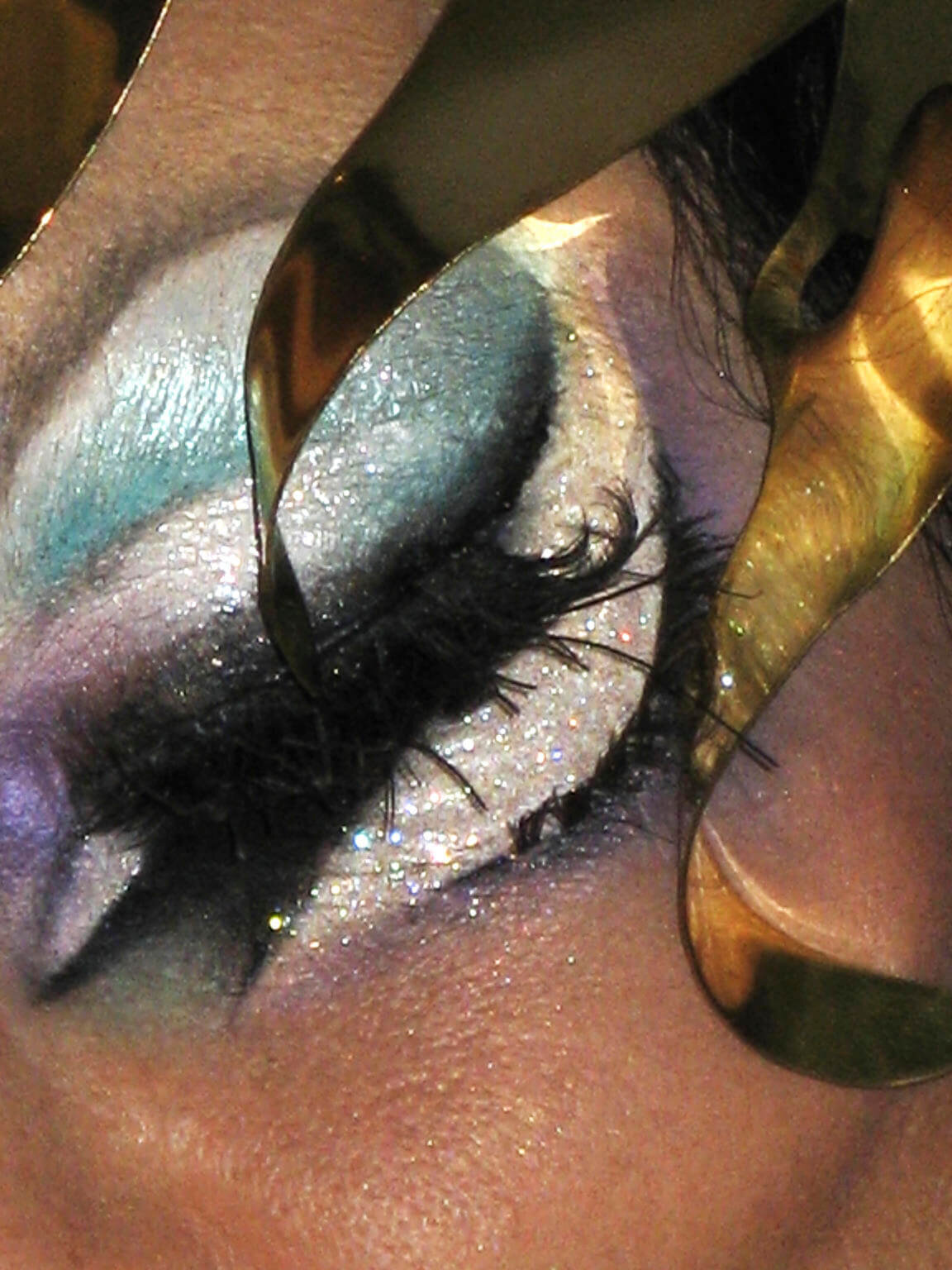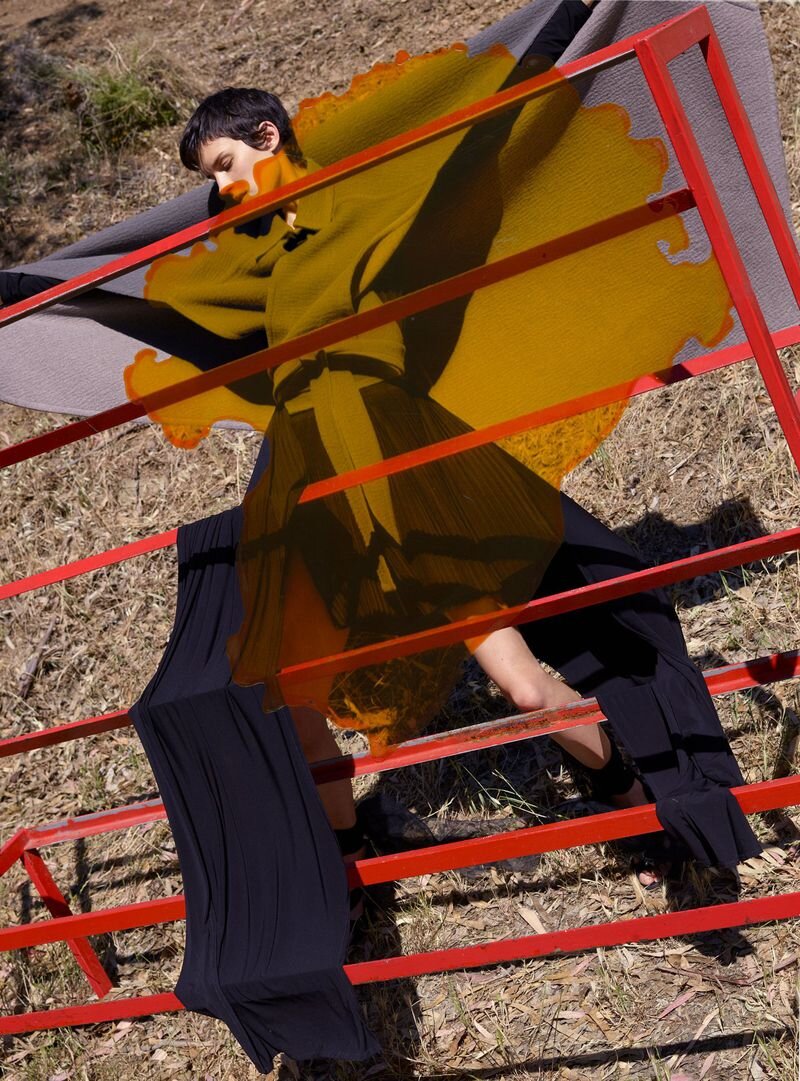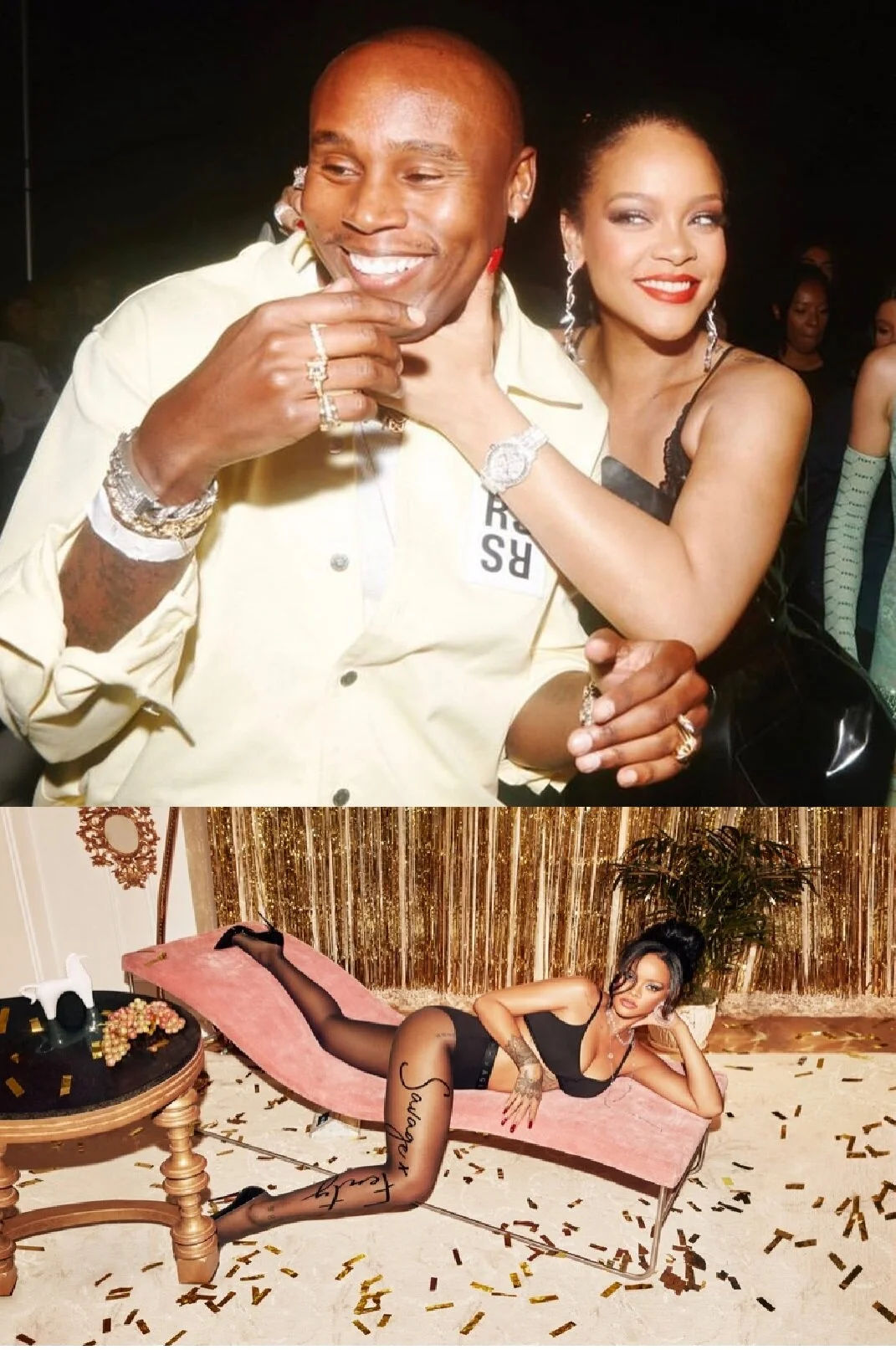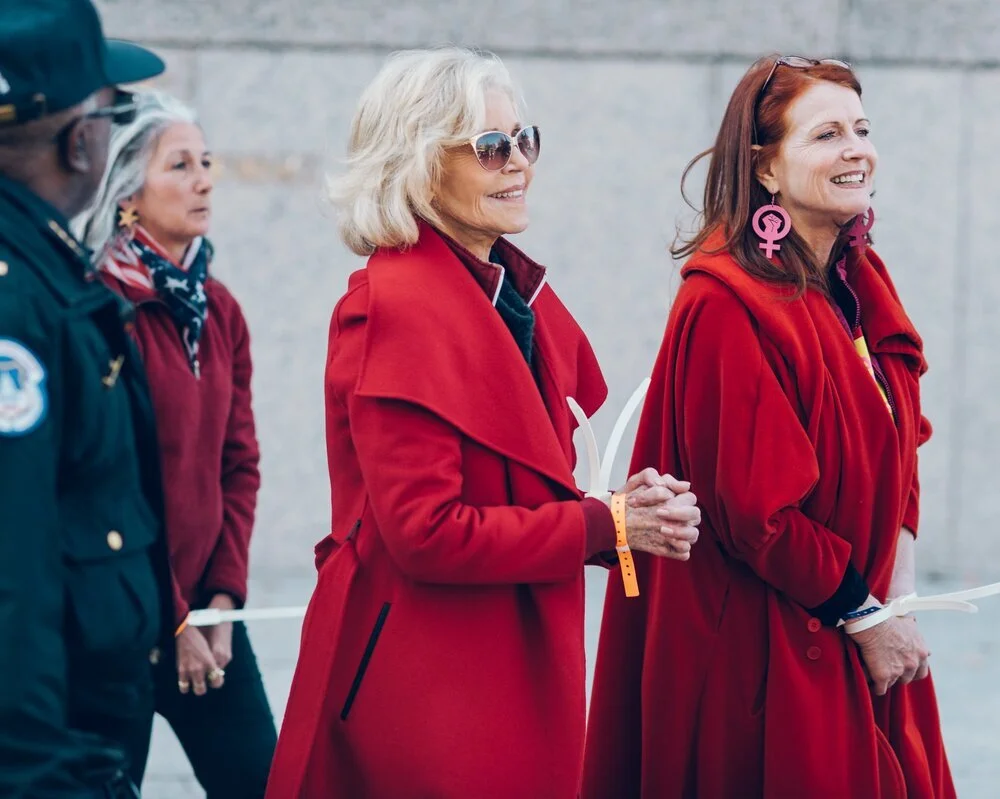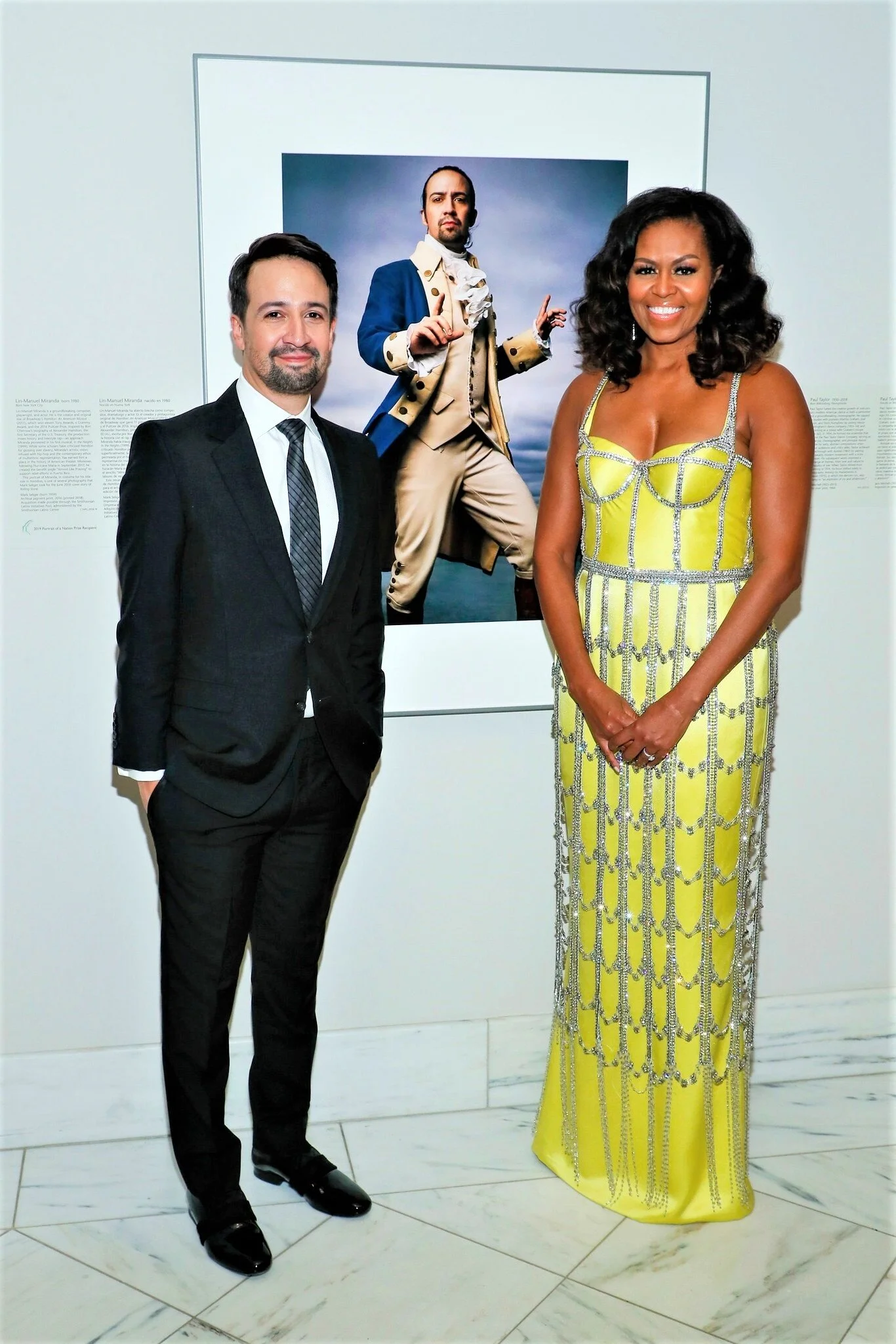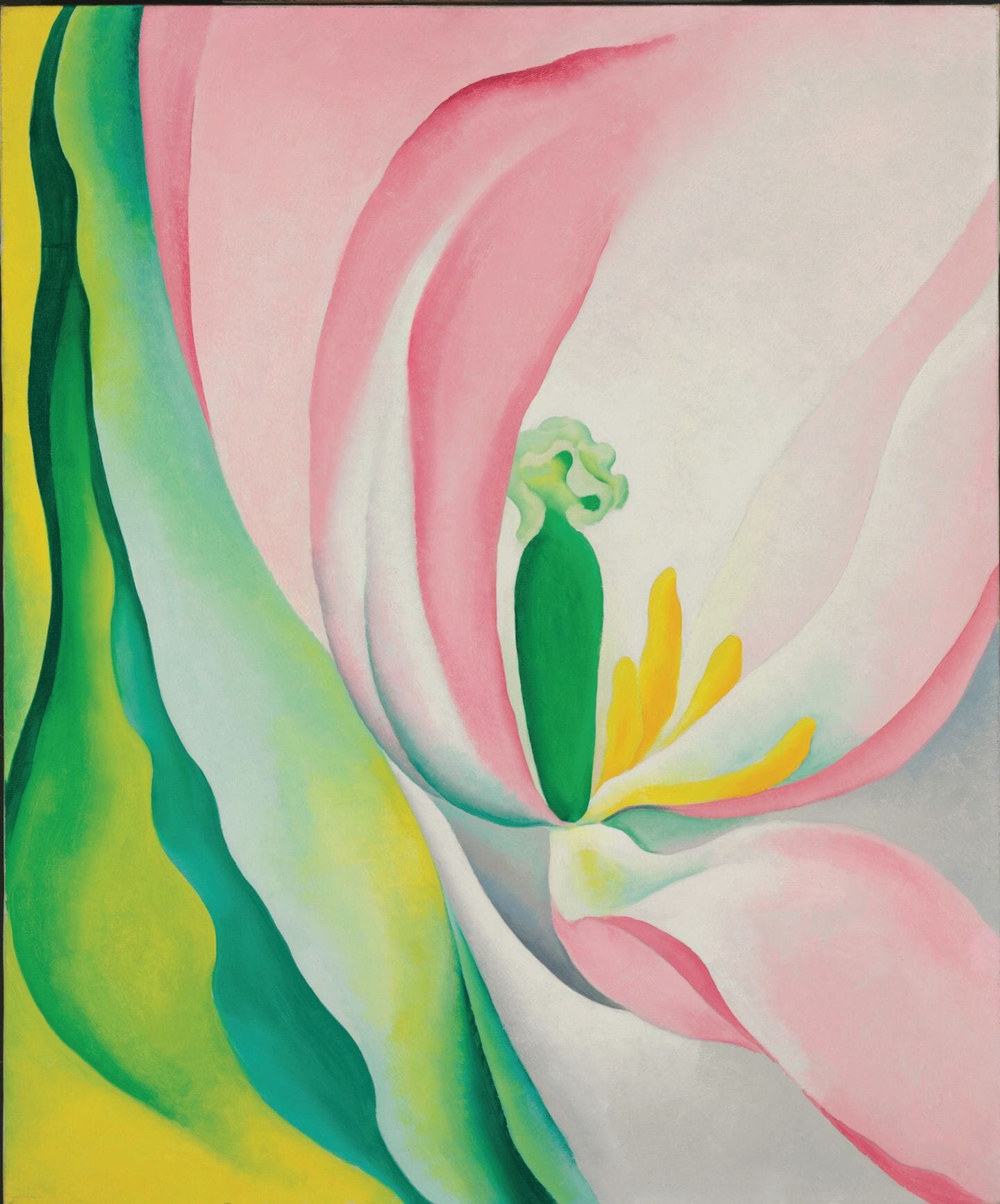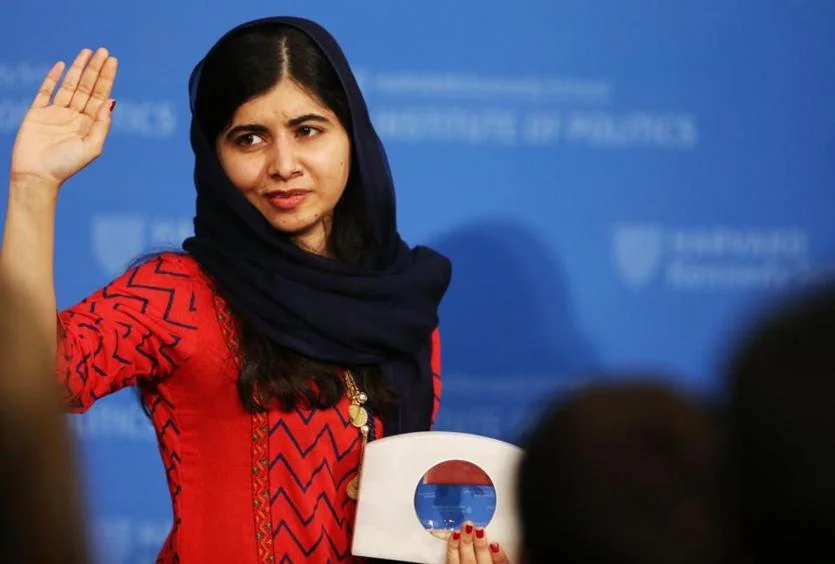Eye | Emma Watson On Feminism | Zaha Hadid On Architecture | Biomimicry At 'Blossom Tower'
/Redtracker
Actor Emma Watson added her starpower to a long list of strong, engaged and successful women lending their voices to advance the principles of global feminism. Watson, known among throngs of young people worldwide as Hermoine Granger in the ‘Harry Potter’ films, spoke at the United Nations on Saturday as part of the launch of a new UN-sponsored HeForShe campaign, which is aimed at getting men involved in stopping violence against women
“When I was 8, I was confused about being called ‘bossy’ because I wanted to direct the plays that we would put on for our parents. But the boys were not. When at 14, I started to be sexualized by certain elements of the media, when at 15, my girlfriends started dropping out of their beloved sports teams, because they didn’t want to appear ‘muscle-y,’ when at 18, my males friends were unable to express their feelings, I decided that I was a feminist. And this seems uncomplicated to me. But my recent research has shown me that feminism has become an unpopular word.”
“Women are choosing not to identify as feminists. Apparently, I am among the ranks of women whose expressions are seen as too strong, ‘too aggressive,’ isolating and anti-men, unattractive, even. Why has the word become such an uncomfortable one?”
As Watson’s speech went viral, the UN ambassador was targeted by those opposing her views and role in women’s empowerment. Not content to debate the merits of her speech, these forces are threatening Emma Watson’s safety and rights to privacy.
Emma Watson targeted by online trolls after UN speechBBC News
Hackers are trying to silence Emma Watson by leaking naked photos — but they only made her voice louder The Guardian
Chris Agius Burke’s ‘Beautiful Bondage’ Images Explore Religion, Sexuality & GenderAOC Salon
Burke’s photos capture the complexity of women’s lives and the conflicting social messages of ‘50 Shades’ surrender and temporary submission with the reality that 40,000 women a year continue to be brutally flogged in Sudan for inappropriate dress.
These soft and submissive portraits of female femininity also contrast with Sunday’s dramatic images by Erin Trieb of Kurdish women fighters taking on ISIS in Syria. The most startling takeaway from these brave women is the headline that ISIS is very afraid of being killed by a woman. Such a death at the hands of a woman denies the male soldier a place in heaven.
Together these two image essays capture the essence of Anne of Carversville’s editorial focus ‘From fashion to flogging, telling women’s stories’. ~ Anne
The Powerful, Bagdad-Born Zaha Hadid
Hadid’s 2022 FIFA World Cup stadium in Qatar has been called a giant vagina.AOC has long followed the designs of Zaha Hadid because Hadid is at the top of her profession as an architect, and in a profession dominated by Boys Club principles. Hadid Architects unveiled this week a new residential development in Brisbane, Australia. The three 22 and 25-story sculptural towers are located in Toowong and close to the University of Queensland’s historic St. Lucia campus.
Each residential tower, “reminiscent of a flower in bloom,” is designed with a multilayer facade, composed of curtain wall glazing beneath a diamond patterning of glass reinforced concrete. Zaha Hadid explains, “The design tapers each structure to minimize their footprint and open the riverfront to the public; creating a vibrant civic space for Toowong within a new riverside park.”
In modeling her designs — conceived with Patrik Schumacher — in the project name ‘Blossoming’ Towers, Hadid is employing the female principles of biomimicry. We doubt that the flower-inspired designs of Hadid’s new residential towers will elicit the controversy surrounding her 2022 FIFA World Cup stadium in Qatar.
Hadid’s curvaceous design was not created to resemble a female vagina, according to the winner of the rigorous design competition, The design attack was launched by Japanese architect Fumihiko Maki, winner of the 1993 Pritzker Prize. Fellow architects Toyo Ito, Sou Fujimoto, Kengo Kuma and Riken Yamamoto joined Maki in protesting the design.
Sadid Hadad’s new Brisbane residential towers. Biomimicry Principles
Previously on AOC Anne’s Sensual Rebel Blog
Zaha Hadid: Master Builder, Architecture’s Mistress of Female Vision
Is Gender Obvious in Architectural Design?
Can Architecture Conquer Man’s Love for Icarus with New Dreans?
Dubai Fountain | Death of Icarus | Burj Kalifa
A Design Must Watch!!!
TED Talk Favorite: Janine Benyus’ 3.8 Billion Years of Nature-Inspired Design




